今日上海
与自然和谐发展 - 2022年08月19日
Prospering naturally
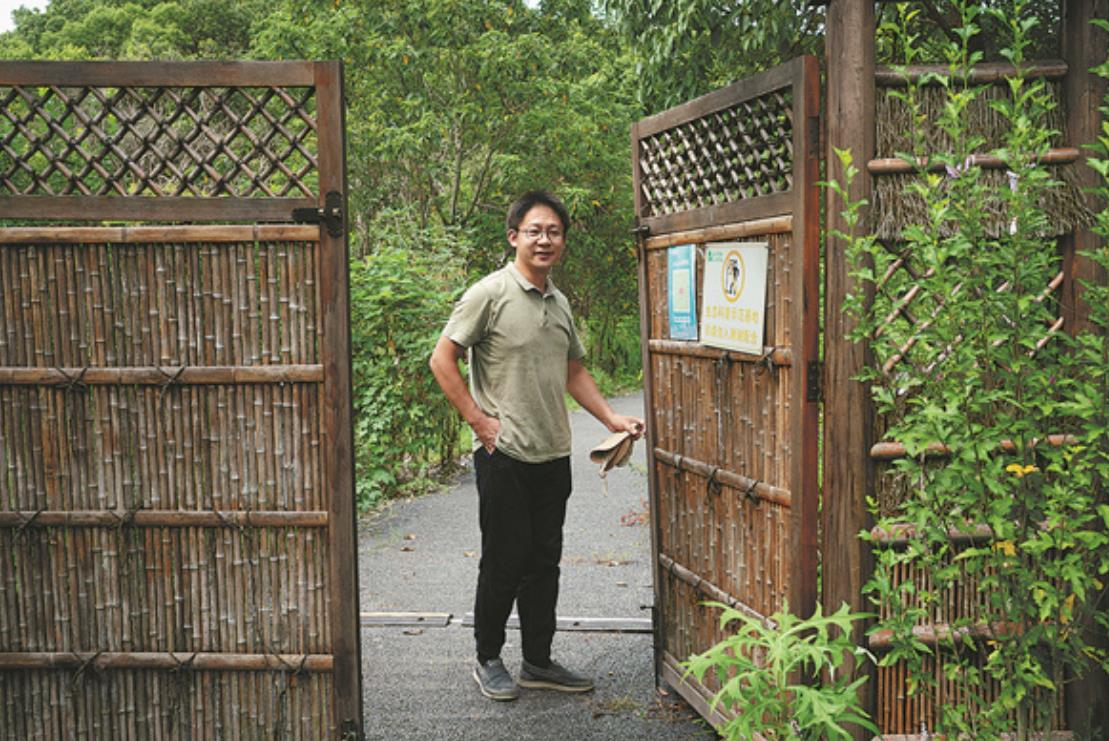
Founder of Forest City Studio Guo Taoran, who leased land in Pujiang Country Park in Shanghai's Minhang district to reintroduce plant and animal species native to, or commonly found in, the city.
Nestled within the western region of the Pujiang Country Park in Shanghai's Minhang district is a bubble within which exists a world unlike anything else in the megacity.
Spanning 17,000 square meters, this area was once an artificial forest. Today, the zone houses Guo Taoran's experiment that involves reintroducing plant and animal species native to, or commonly found, in Shanghai.
The founder of Forest City Studio, Guo has patiently infused purity back into the ecosystem since signing a 10-year lease for the land in 2019.
His company specializes in "ecological restoration solutions" and has, over the years, undertaken projects such as biodiversity surveys of wildlife habitats in Minhang district and established an ecological conservation zone in Pudong New Area.
"Rapid urbanization in megacities like Shanghai has resulted in invasive species taking over and destroying the local biodiversity," says Guo, 34. "Native species are the foundation of the ecosystem. It is imperative that we preserve them. That is why I decided to take over the land."
When Guo first leased the area, it was filled with plants such as white clovers that prevented native species from flourishing. The area was also filled with sticky soil that impeded water flow, which ultimately affected the growth of plants. The lack of water systems meant that aquatic life and amphibians were few.
To tackle such issues, Guo and his team of experts in entomology and botany first categorized the area into seven sections, including evergreen forests, deciduous forests and grasslands. They then gathered species that are native to Shanghai and the neighboring Jiangsu and Zhejiang provinces before planting them in the related sections.
The team also removed certain plants from the area and filled the land with native herbs like "carpet grass" to prevent more outside species from entering the ecosystem.
In addition, adjustments were made to the terrain and water systems to create a conducive environment in which the native species could thrive.
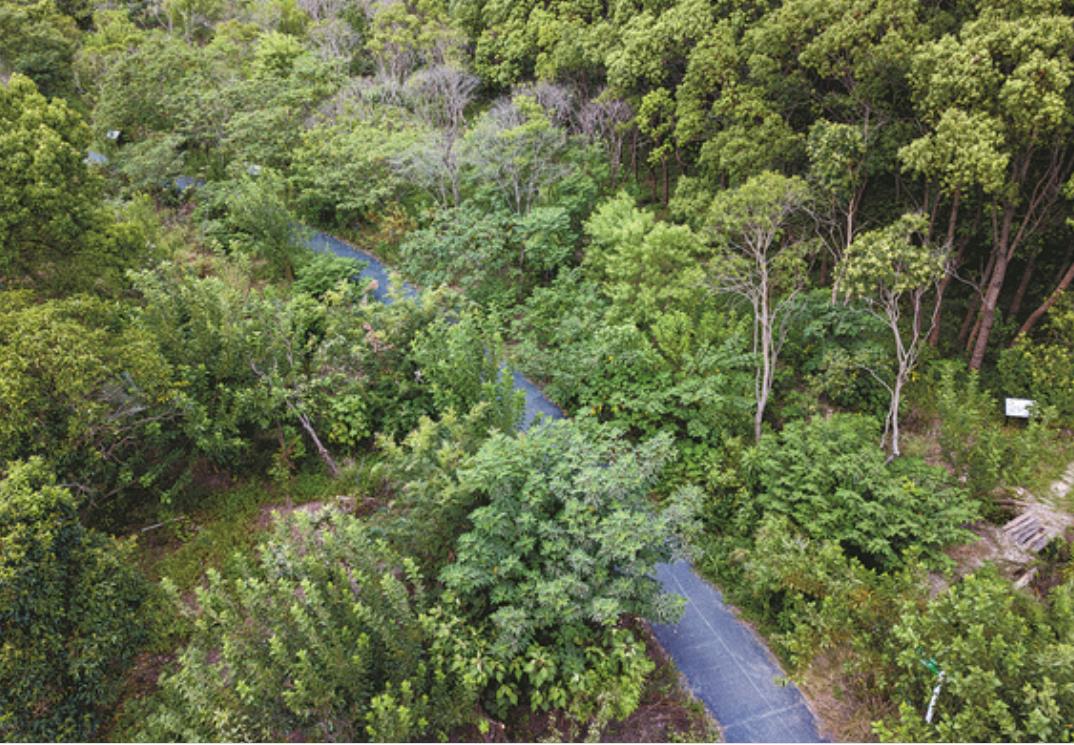
Spanning 17,000 square meters, a special forest zone in Shanghai boasts 300 types of native plants and 800 animal species. Non-native species account for no more than 5 percent of the overall plant and animal population.
Existing structures in the area that restricted the activity of wildlife were also torn down.
Only about three years have passed since Guo took over the area but there's been spectacular progress. Today, his special zone boasts 300 types of native plants and 800 animal species, and nonnative species account for no more than 5 percent of the overall plant and animal population.
More than five types of native frog have already been spotted in the area, and more native species will follow when the natural environment improves further, says Guo.
Birds like the Japanese waxwing can now be found spending the winter in the area. Other species of animals like northeastern hedgehogs and yellow weasels have also reappeared over the years.
"The water quality of streams is usually affected by urban expansion and this is one major issue we have been working hard to address. In fact, we have already seen the results. A rare species of tortoise has appeared in the streams we created. Seeing them here is an affirmation that our efforts are paying off," he adds.
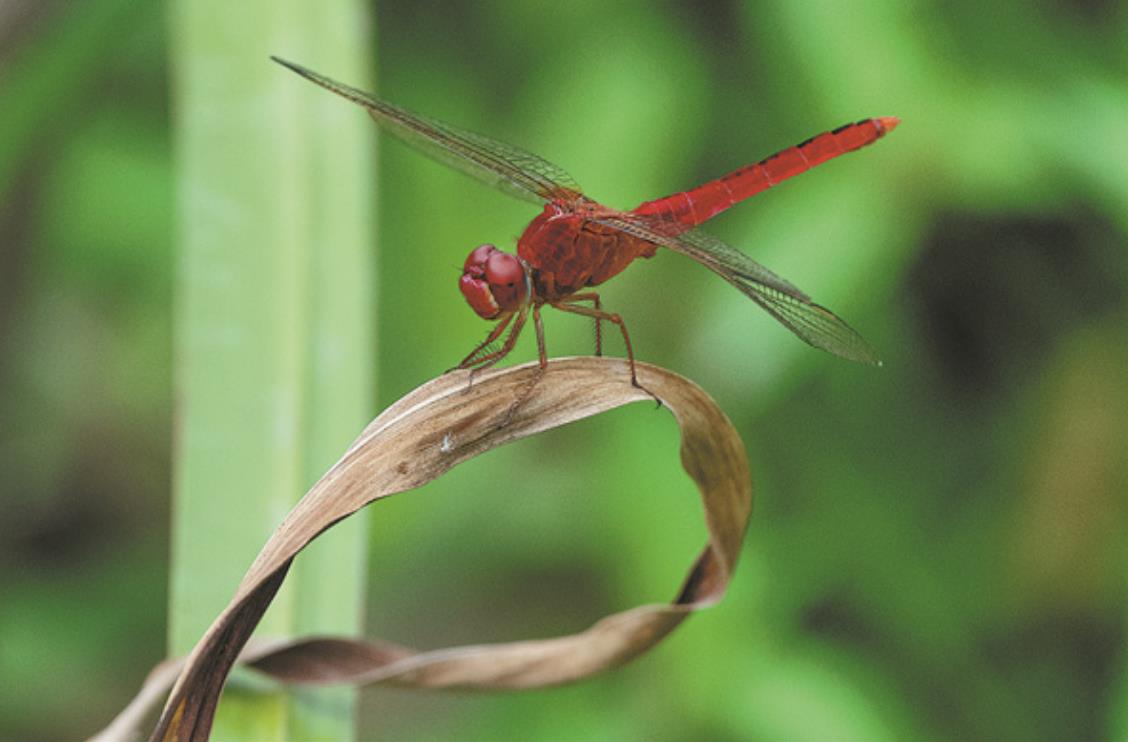
Spanning 17,000 square meters, a special forest zone in Shanghai boasts 300 types of native plants and 800 animal species. Non-native species account for no more than 5 percent of the overall plant and animal population.
More than reshaping
According to Guo, the concept of biodiversity conservation is often misunderstood as an act of reshaping the landscape. The truth, however, is that human intervention must be kept to the minimum.
He explains that apart from the removal of invasive species, the team rarely intervenes with the natural settings unless there is a crucial need to.
For example, piles of leaves and twigs on the ground are left untouched as they are habitats for many species, and removing them could have adverse effects on the ecosystem.
"The wilderness we have constructed in the park will eventually become a springboard for native species to reappear in other parts of the city. When more similar projects get underway, native seedlings will become more easily spread by insects and birds, thus restoring the ecosystem and maintaining biodiversity for centuries to come," he says.
Guo's optimism isn't unfounded as Shanghai has been making strides in this matter. According to reports by the local news platform Shanghai Observer, the city has over the years been formulating regulations to strengthen biodiversity conservation. Measures taken include improving green spaces, conducting biodiversity surveys and educating the public about the importance of biodiversity conservation.
In 2006, Shanghai also launched a project to introduce protected wild animals, such as water deers, in the natural environment to restore the biodiversity that is native to the city.
Due to such efforts, the Chongming Dongtan National Nature Reserve on Shanghai's Chongming Island is now the largest overwintering site in China and hosts some 1 million migratory birds every year. The reserve is said to be home to more than 300 bird species, including 22 globally threatened species.
The opening of the Shanghai Wildlife and Nature Conservation Research Center in December also reiterated the city's commitment to the cause.
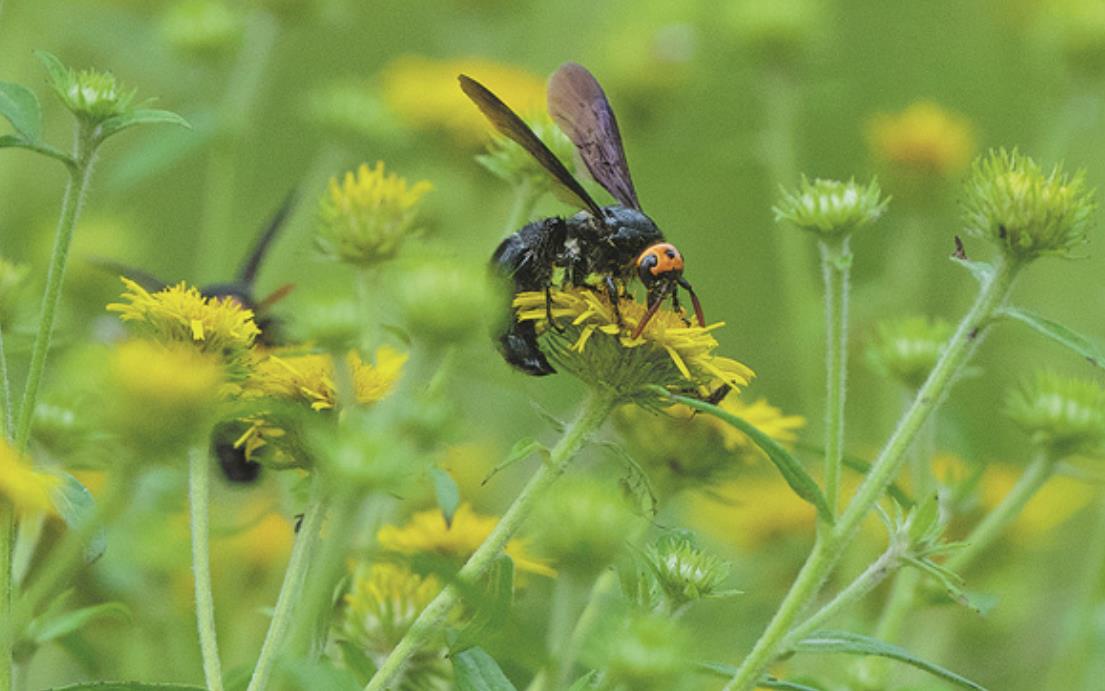
Spanning 17,000 square meters, a special forest zone in Shanghai boasts 300 types of native plants and 800 animal species. Non-native species account for no more than 5 percent of the overall plant and animal population.
To raise awareness about the importance of biodiversity and the relationship between humans and nature, the studio has conducted more than 500 courses for members of the public.
Every year, about 20,000 people attend the courses, some of which grant them access to the special zone in Pujiang Country Park.
Most of the courses cater to families with young children, says Ding Yan, who is in charge of the nature education department at the studio.
The children, she adds, have often taken on the role of educators themselves. Ding recalls an incident in which a child who had already attended several of the studio's courses told fellow participants not to catch fireflies or take them home during summer camps.
"The child told the participants that fireflies need a special environment to reproduce and survive, and that taking such creatures home might mean that they could eventually go extinct," Ding says.
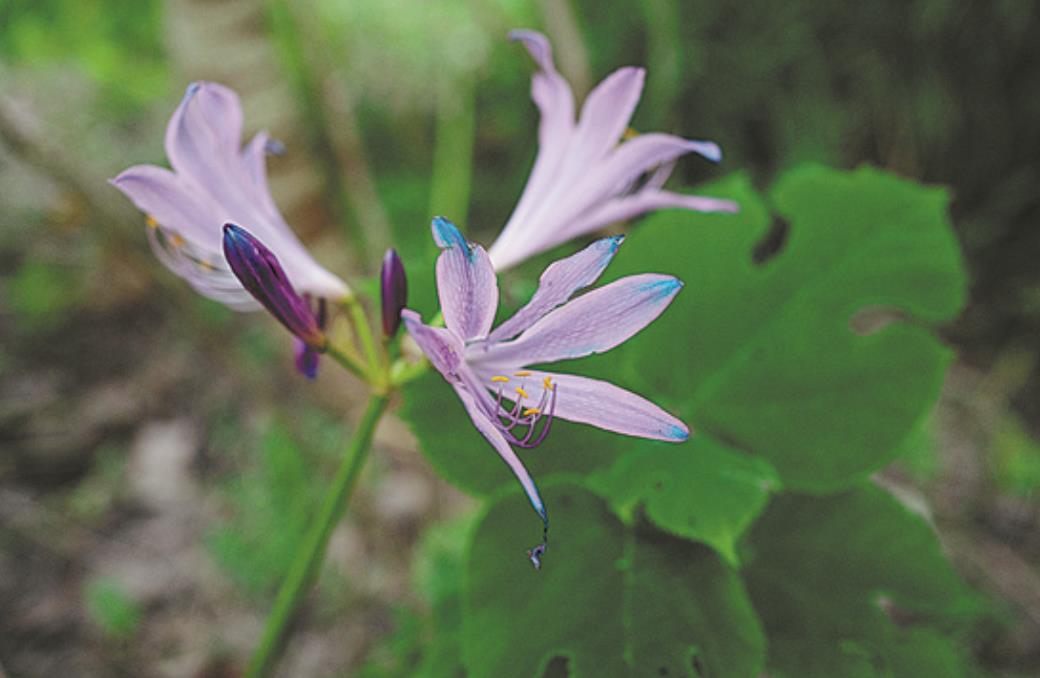
Spanning 17,000 square meters, a special forest zone in Shanghai boasts 300 types of native plants and 800 animal species. Non-native species account for no more than 5 percent of the overall plant and animal population.
"Children tend to have more respect for nature and a greater inclination to advise others. This is why biodiversity education must start with the young ones."
Technology has also played a crucial role in protecting biodiversity. For example, Guo and his team use smart biological positioning systems and other high-tech gears to generate data and monitor the activity patterns of animals in the wild. The studio has also collaborated with East China Normal University to monitor the development of plant communities.
"Data is important as it allows us to track the growth of species and prevent a population from growing out of control," he explains.
One of the studio's latest projects involves researching pollinators, and the data generated will be included in a handbook about the restoration of pollinator habitats in the city. Other handbooks compiled by the studio include The Shanghai Night Creature Observation Manual and Birds and Wildflowers in the Yangtze River Delta.
Source: China Daily
